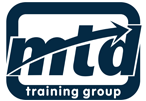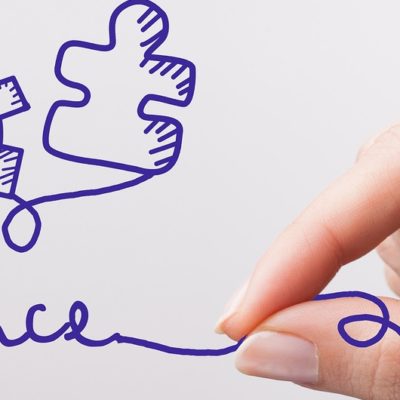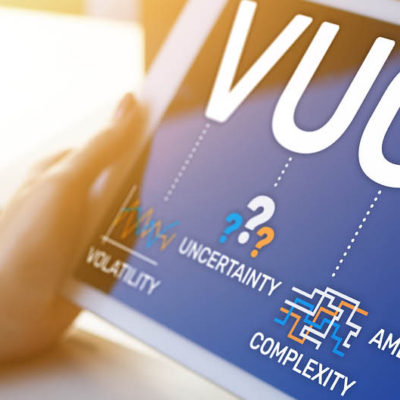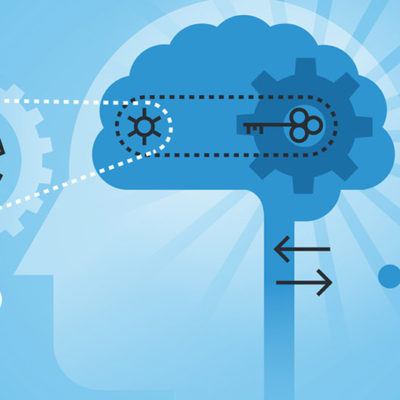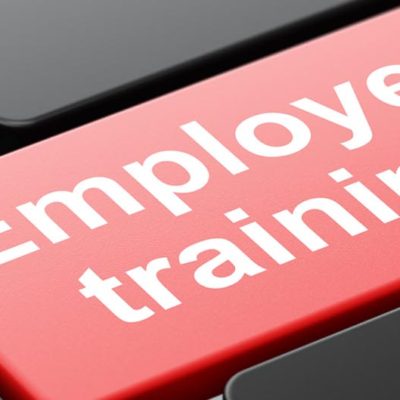Have you got teams in your company who could perform at a higher level, have the potential to be better, but actually don’t achieve what they are capable of doing?
Most L&D teams would agree this is the pinnacle of achievement – to get their teams working at the highest performance possible, however this is measured.
But it often happens that when we concentrate on performance management, we see a decline or plateauing of performance levels. Why?
Because the stages we need to go through to achieve high performance are often missing or not utilised effectively.
This is where the Drexler/Sibbet Performance Model is useful. This model highlights what needs to be done for a team to perform at its best.
About the Model
Alan Drexler, David Sibbet, and Russ Forrester based the model on previous research by Jack Gibb and Arthur Young, and they published it through their work with The Grove Consultants International.
The model shows six stages that you need to work through for staff to achieve peak performance.
The stages are:
1) Orientation.
2) Trust building.
3) Goal clarification.
4) Commitment.
5) Implementation.
6) High performance.
You can use the model to guide your staff through to the sixth stage – high performance – and keep it there. You can also use it as a checklist for identifying issues that are undermining your team’s efforts.
Do you have to use it like a Maslow Hierarchy for it to perform effectively (every stage has to be completed before the next one takes place)?
No, but it certainly helps to have the entire process working together for us to achieve a high level of performance.
Let’s look at the model’s stages:
 Stage 1: Orientation
Stage 1: Orientation
Here, we encourage people to understand where the company exists against its competitors and its entire purpose in being in business. It answers the question ‘Why are we here, and what can we do to help the company achieve its objectives?’
This is the time to create a team charter that everyone can create and contribute to. Value statements work at this stage to complement the purpose and give people the big picture they can hang on to.
New inductees can work with these values to define objectives and agree to the vision.
 Stage 2: Trust Building
Stage 2: Trust Building
This is where the element of trust is built, not only with management but also between each other as colleagues.
They need direction at this point to help them see how the vision will be implemented. How do you build that trust?
By keeping promises, showing integrity, being a role model and not micromanaging. You want team members to open up and become trustworthy, taking responsibility for any changes you want to implement.
Can trust be built overnight? Probably not. See it instead as an ongoing journey that builds powerfully over time.
 Stage 3: Goal Clarification
Stage 3: Goal Clarification
Only when people have clarity of purpose and have built trust can they have goals and objectives that epitomises the manifestation those values.
This gives them the chance to be clear on what the expectations are of them. Smart goals will help them focus on what is right and proper for them to concentrate on. They should be agreed on what the results of their efforts might be, and what the thinking for each one may be.
When these three elements of the model are linked, it will result in the fourth stage:
 Stage 4: Commitment
Stage 4: Commitment
Commitment is always the end result of the previous three stages, and involves the full engagement of the team member. You will see commitment to a goal and objective, linked to the purpose and the trust they are exhibiting.
This will exist when everyone is singing from the song sheet, know the direction they are aiming for and can see the potential results that are achievable.
How can you do this?
Through full involvement of people in decision-making and problem-solving, and accepting the responsibility for the results they achieve.
Quality feedback will also encourage people to commit to making a difference in the team. Knowledge of how they are performing helps people to identify where changes need to be made and what will help them achieve more.
 Stage 5: Implementation
Stage 5: Implementation
This is about accomplishing the mission everyone has bought into. The results will only be what are expected if the team is supported in their decisions and they are constantly fed with information on how things are going.
They also need to be delegated responsibility in areas that may challenge them and stretch their capabilities, but will make them genuinely able to improve and accept greater challenges in the future.
What you’re getting them to do is realise their potential and help them apply the new ideas they have generated.
 Stage 6: High Performance
Stage 6: High Performance
This is the end result, the goal you’ve been aiming for all through the stages.
You can probably see from this that the previous stages act as a foundation for the development of high performance as a cultural norm to exist.
Without that firmness to build on, you run the risk of anticipating high performance and not getting the anticipated results.
At this stage, trust has been established, roles have been agreed, and the resources are in place for them to achieve the overall goals.
But it’s at this stage that a lot of hard work still needs to be done. You may have created the opportunity for growth and development in the first three stages, but in order for the performance to be sustained, it’s necessary for action to be initiated and completed for this level to be enhanced and maintained.
When you get this right, the team will want to perform, as opposed to being forced to perform, as they share the values of improvement and responsibility for results.
Each of these stages are important to drive the high-performance ethos within the teams we are responsible for. By keeping aware of how we can create and maintain the abilities of our team members, we now have reasons to be clear on expectations and drivers towards better performance.

Sean McPheat | 
CEO The MTD Training Group
